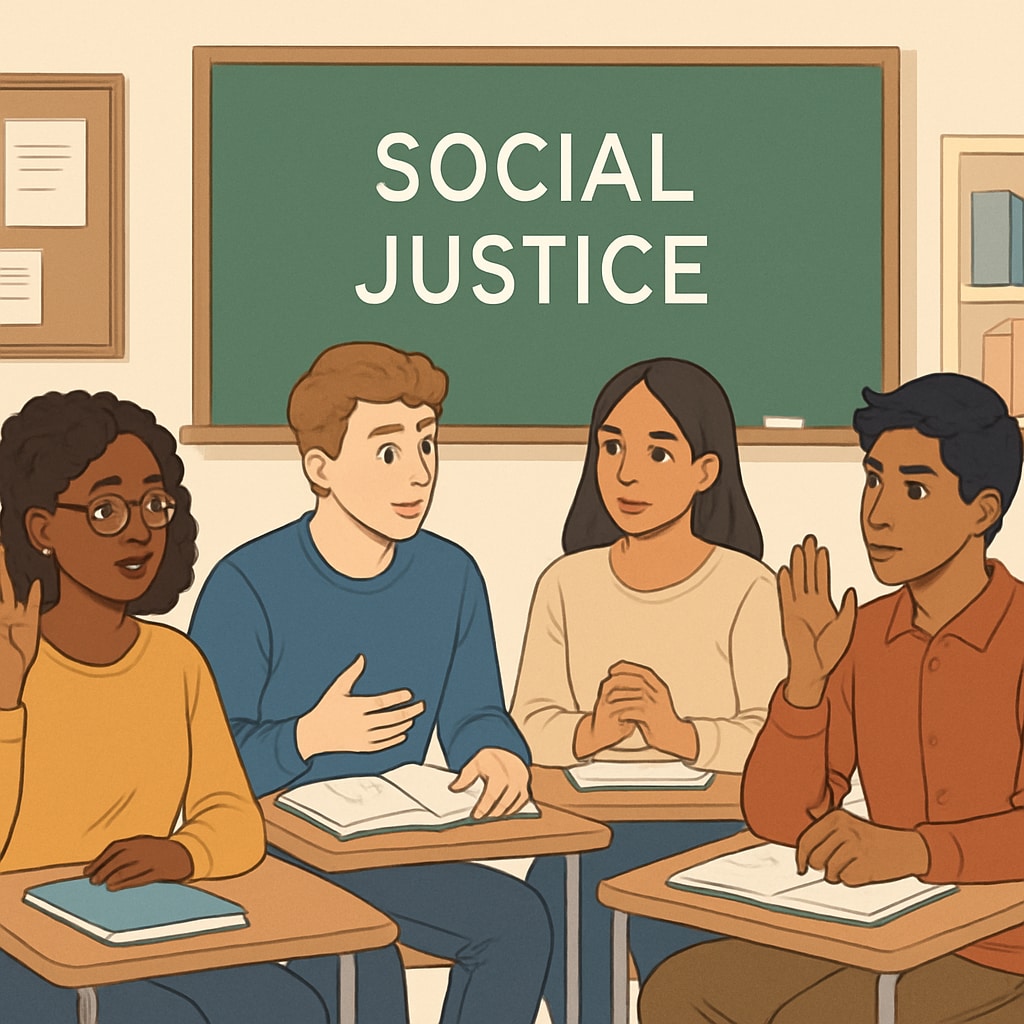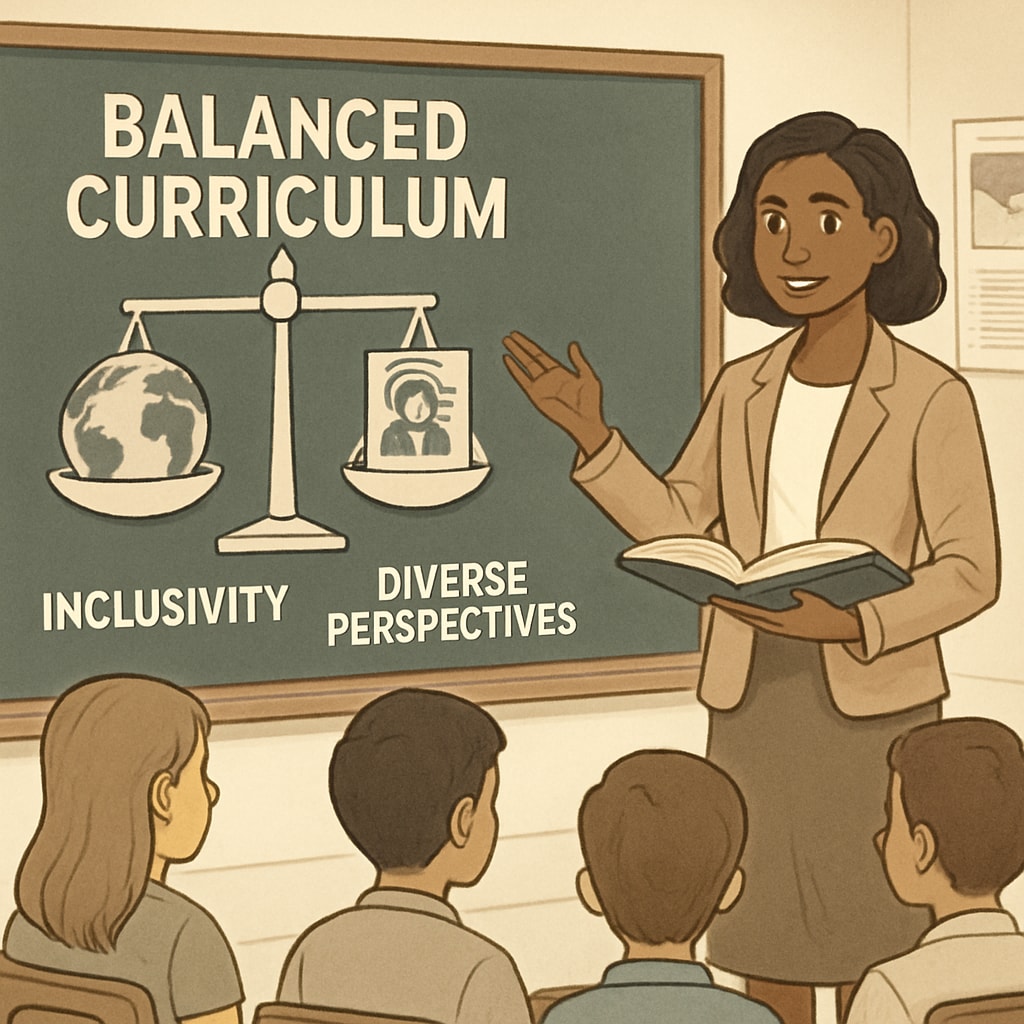In recent years, the term “campus wokeness” has garnered significant attention, especially in the realm of K-12 education. A recent study focusing on students’ perspectives on wokeness in schools sheds light on how political ideologies are influencing the educational environment. This research not only uncovers the students’ understanding of the evolving cultural dynamics in schools but also highlights the challenges they face in navigating these changes. The findings spark important discussions on the balance between fostering awareness and maintaining neutrality in education.
Understanding Campus Wokeness: A Student-Centric Approach
Campus wokeness refers to heightened awareness of social justice issues, often accompanied by discussions on race, gender, equality, and other critical topics. While these ideals aim to create inclusive environments, students may perceive them differently. According to the study, many students appreciate initiatives promoting diversity but express concerns about political bias overshadowing academic priorities. This duality raises an important question: how do schools strike a balance between educating about societal issues and avoiding ideological polarization?
- Students often feel empowered when schools address social justice topics.
- Some students report discomfort, stating that discussions can feel one-sided or overly politicized.
- There is a growing need for educators to adopt unbiased approaches to these conversations.

The Impact of Political Ideologies on K-12 Education
The research also delves into how political ideologies influence teaching methods and curriculum choices in schools. Students have noted instances where lessons seem tailored to align with specific ideological viewpoints. While this can foster critical thinking, it may also alienate those who hold differing opinions. As a result, some students feel that their educational experience is less about learning and more about conforming to certain narratives.
For example, history lessons focusing predominantly on Western colonialism might exclude significant global contributions or alternative perspectives. Similarly, discussions on gender identity may leave some students confused or even excluded if the dialogue lacks sensitivity and inclusivity.
As schools increasingly embrace wokeness, educators must ensure that curricula are comprehensive and represent diverse viewpoints. This approach not only enriches learning but also respects the varied beliefs of students and their families.

Challenges and Opportunities in Addressing Campus Wokeness
While students’ perspectives highlight several challenges, they also reveal opportunities for growth. Schools have the potential to transform into spaces where societal issues are explored thoughtfully, encouraging students to think critically and develop empathy. However, this requires careful planning and execution.
Key recommendations for schools include:
- Providing professional development for teachers on unbiased facilitation of sensitive topics.
- Incorporating diverse perspectives into curricula to avoid ideological skew.
- Creating open forums for students to share their opinions without fear of judgment.
By addressing these challenges, schools can ensure that students are not just passive recipients of information but active participants in meaningful discussions.
Readability guidance: Short paragraphs and lists are used to summarize key points. Passive voice and long sentences are minimized, while transitions like “however,” “in addition,” and “as a result” ensure smooth flow.


